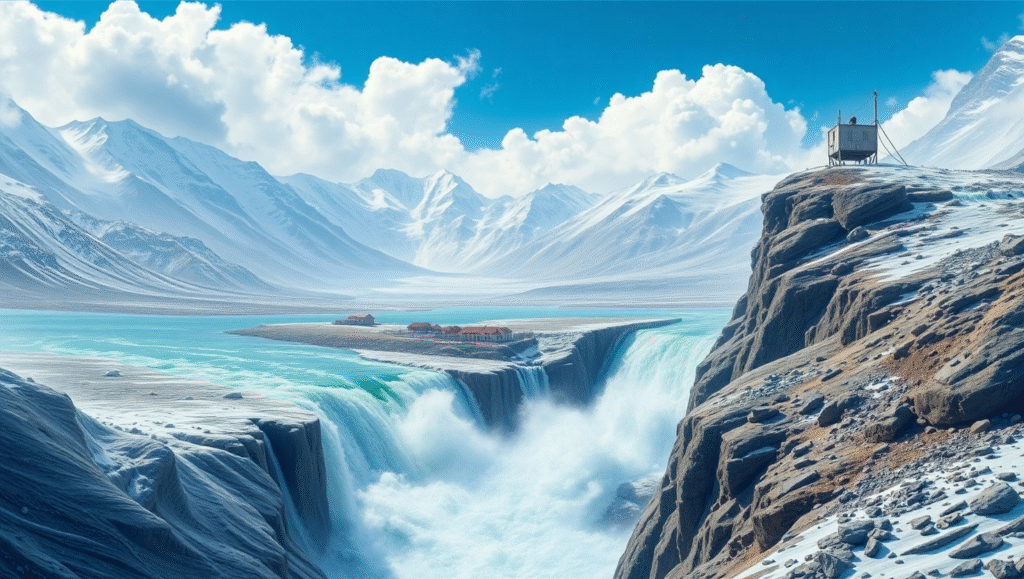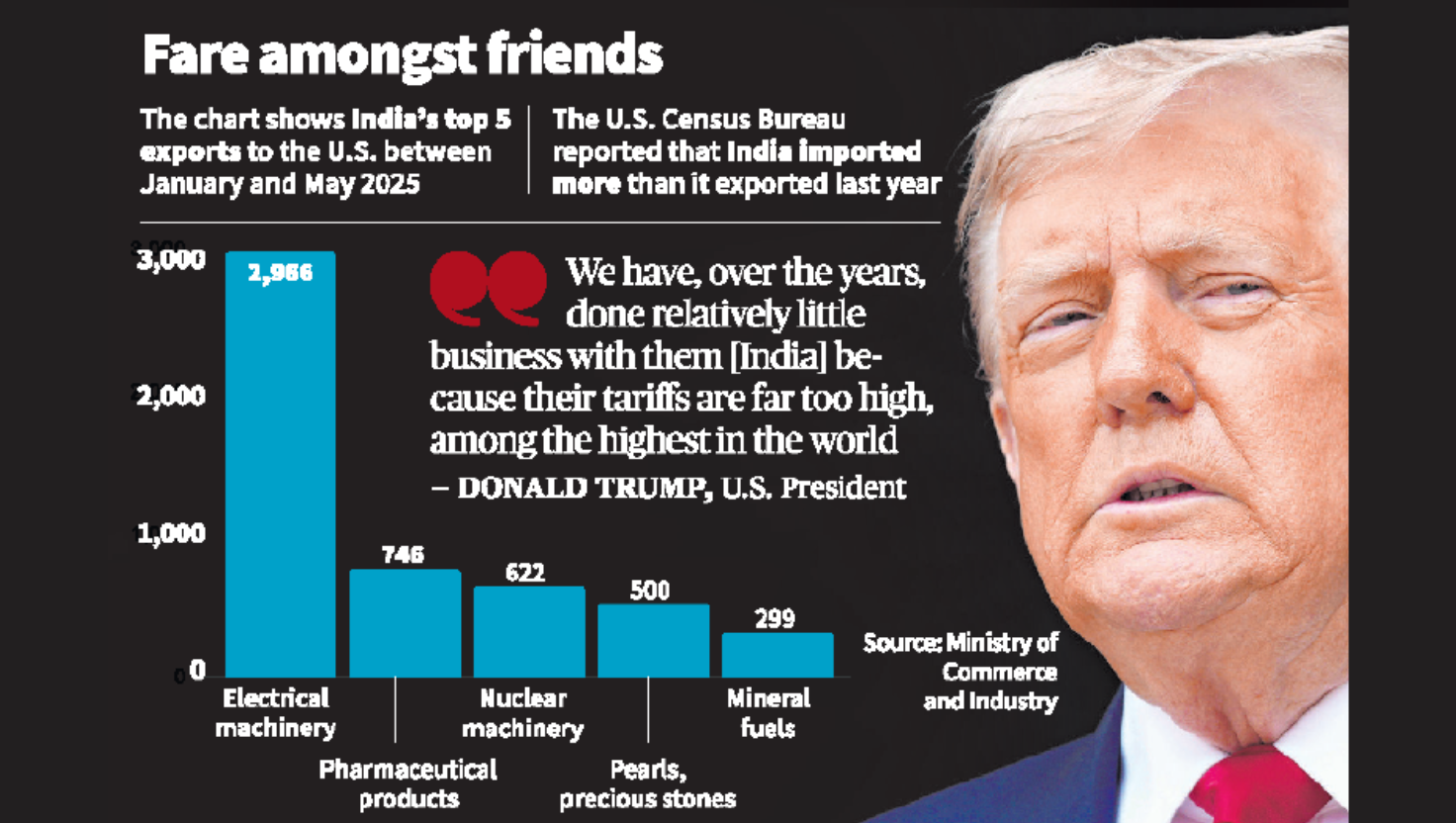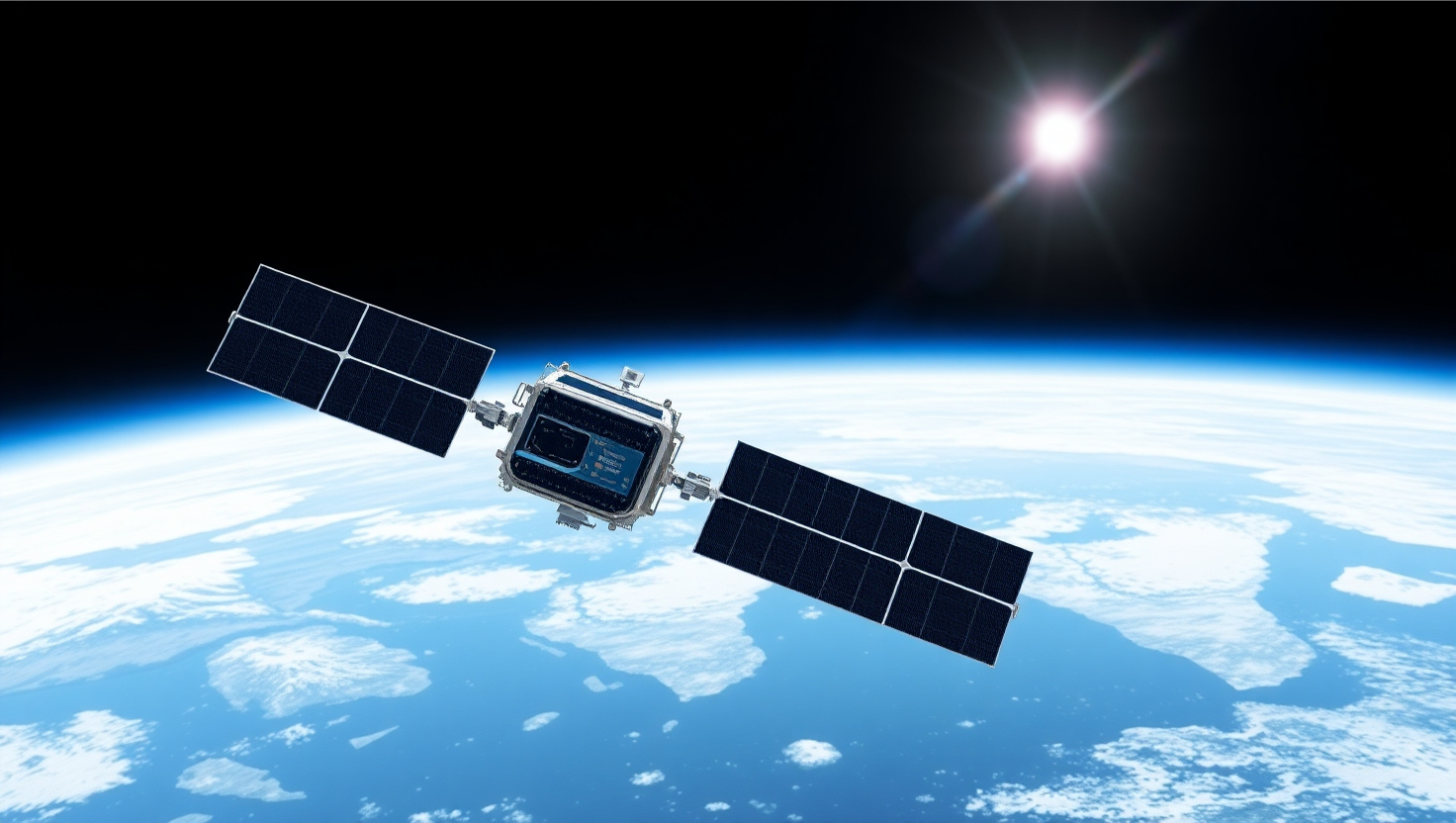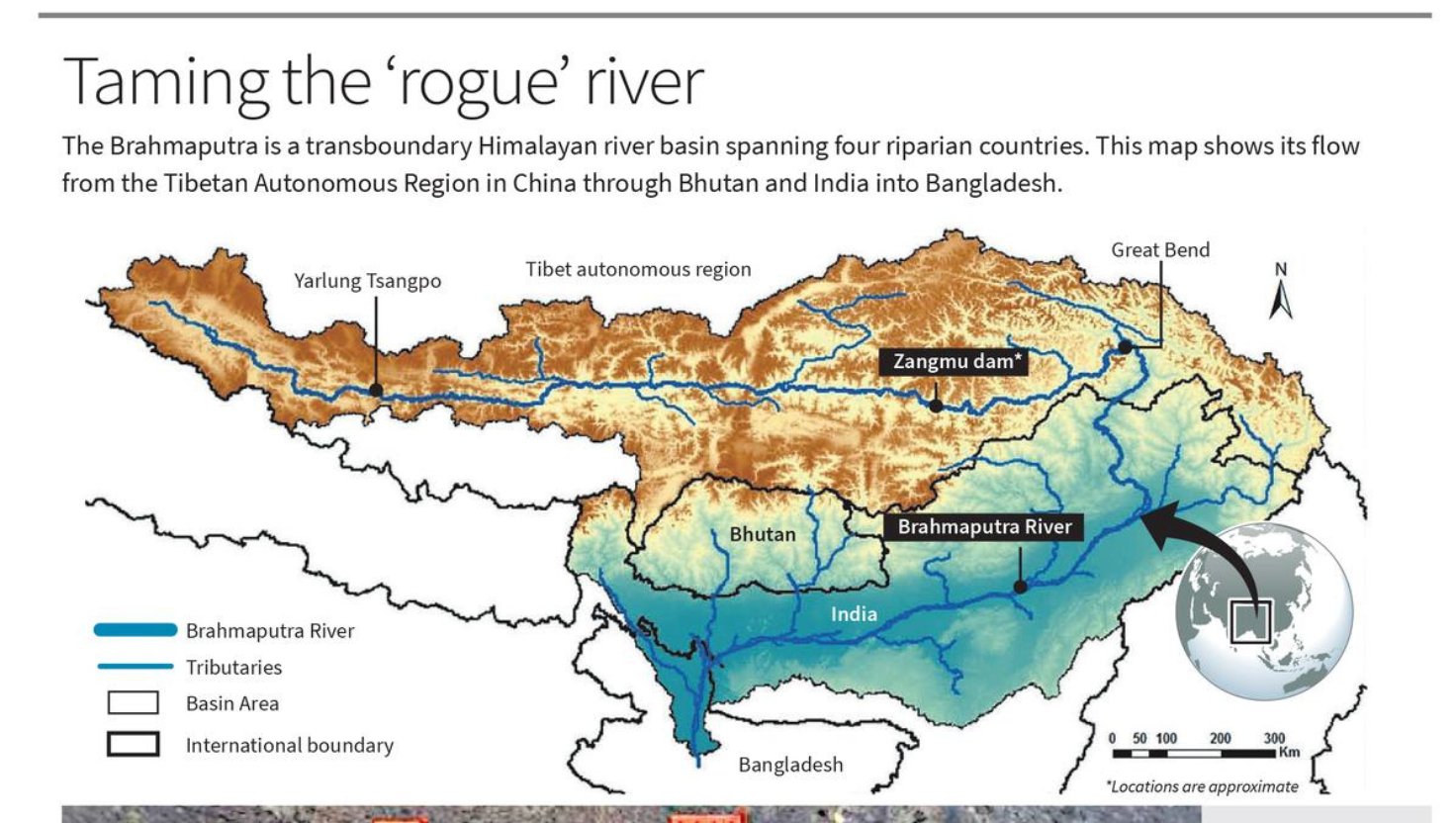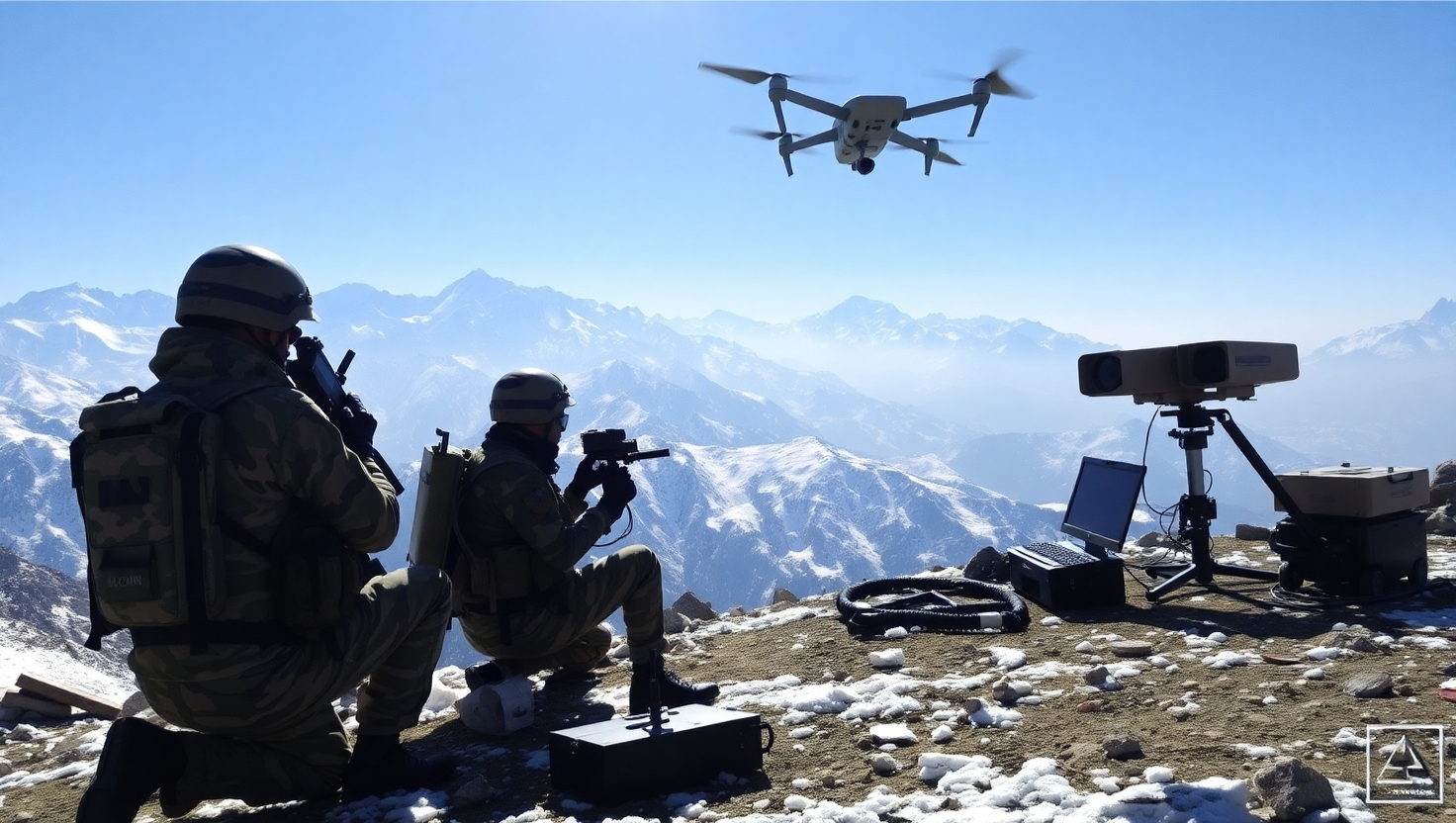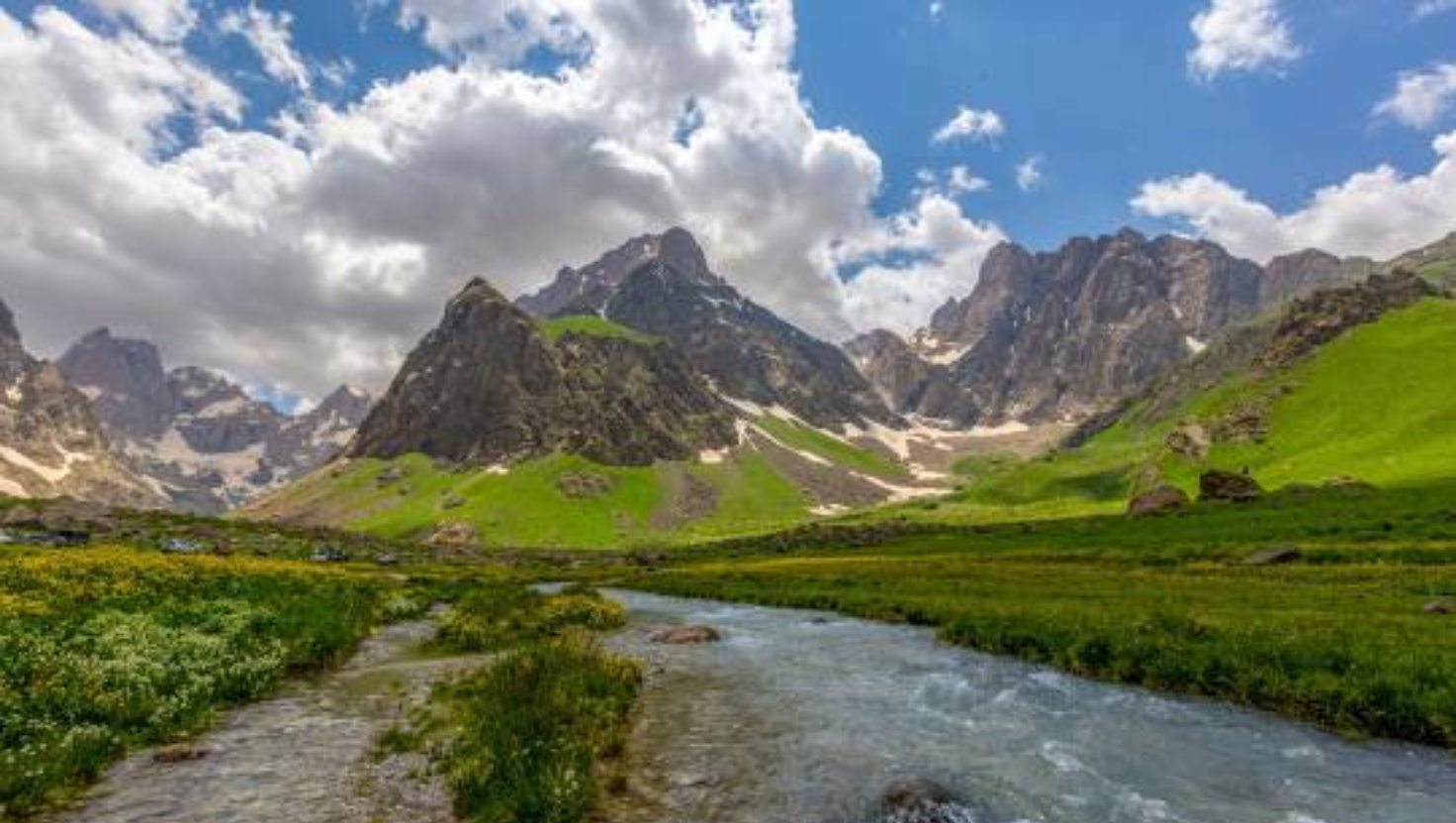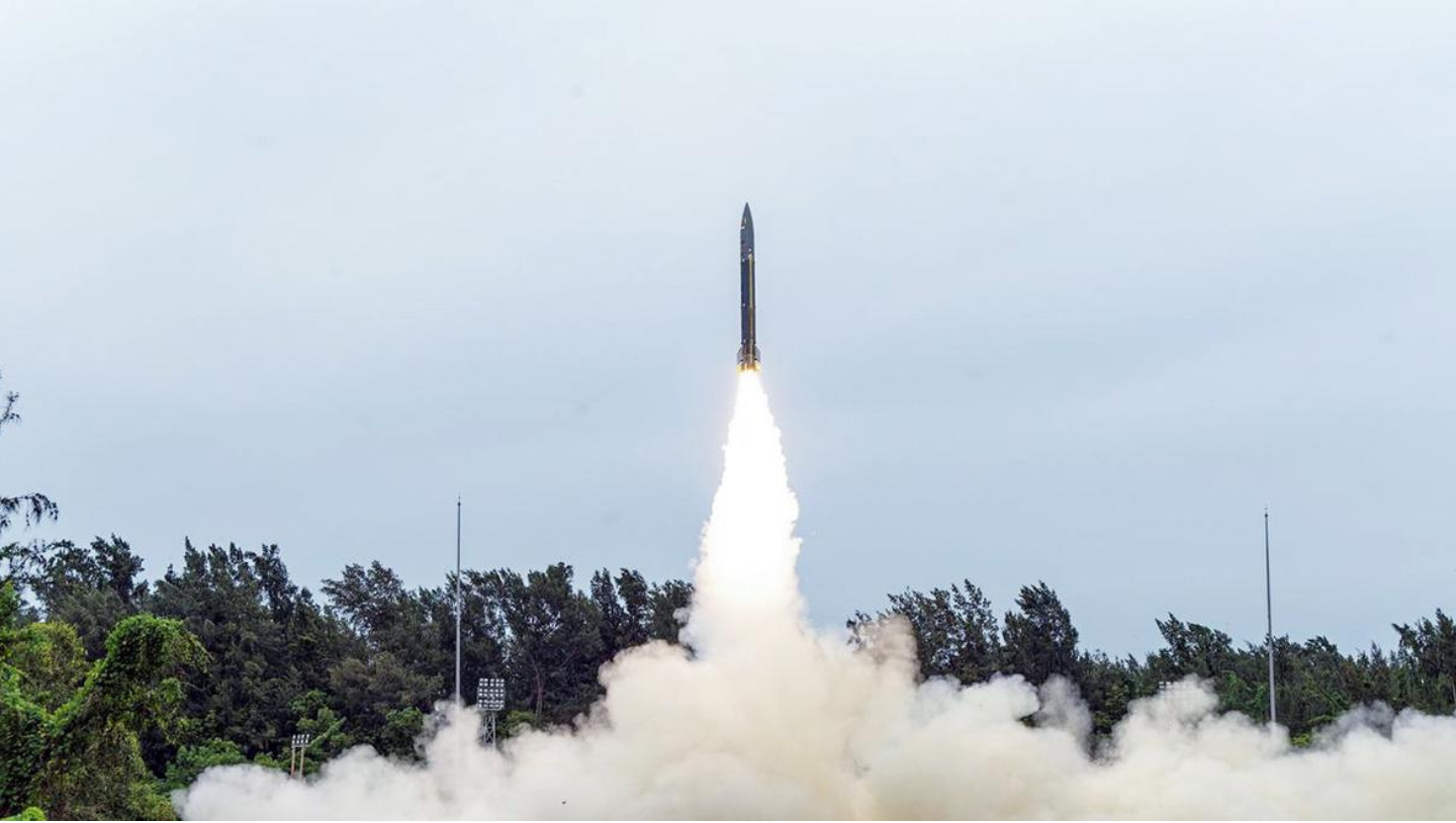Glacial Lake Outburst Floods (GLOFs) in the Himalayas
Syllabus: Disaster Management (UPSC GS III)
Source: The Hindu
Context:
Nepal recently experienced several GLOF events, including one on July 8, 2025, which washed away a key China-built bridge and disrupted hydropower projects. This has raised concern across the Indian Himalayan Region (IHR), particularly in Sikkim, Uttarakhand, and Ladakh, where rising temperatures are increasing GLOF risks.
What are GLOFs?
A Glacial Lake Outburst Flood (GLOF) is a sudden release of water from a glacial lake, usually caused by the failure of natural dams made of ice or loose debris (moraines). These floods are fast-moving, high in volume, and cause severe damage to lives, infrastructure, and ecosystems.
Causes of GLOFs
Natural Causes:
- Glacial Retreat and Lake Formation:
Due to rising temperatures, Himalayan glaciers are melting faster, forming unstable glacial lakes.
India has over 7,500 such lakes, many above 4,500 m elevation. - Avalanches:
Falling ice or rocks can create waves that breach moraine dams.
E.g., South Lhonak Lake (Sikkim, 2023) was triggered by an avalanche. - Cloudbursts and Heavy Rainfall:
Sudden intense rainfall rapidly increases lake water volume.
E.g., Kedarnath disaster (2013). - Seismic Activity:
Earthquakes can destabilise fragile moraine dams.
Uttarakhand lies in Seismic Zones IV & V. - Internal Erosion (Piping):
Seepage through moraine dams weakens their structure from within.
Human-Induced Causes:
- Unregulated Construction:
Road and hydropower projects disturb fragile terrain.
E.g., Teesta-III dam was destroyed in 2023. - Climate Change:
Global warming accelerates glacial melt and increases GLOF frequency.
2023 and 2024 were record-warm years globally.
Types of Glacial Lakes in the Himalayas
- Supraglacial Lakes:
Formed on glacier surfaces; highly unstable in summer. - Moraine-Dammed Lakes:
Formed at glacier snouts and blocked by loose debris; highly vulnerable to breach.
E.g., South Lhonak (Sikkim), Tsho Rolpa (Nepal).
Impacts of GLOFs
On Human Settlements and Infrastructure:
- Loss of lives and homes.
- Damage to roads, bridges, and hydropower projects.
E.g., Teesta-III project (1200 MW) was destroyed in 2023. - Displacement and loss of livelihoods.
On Environment and Ecology:
- Riverbed silting and course changes.
- Habitat loss in alpine and riverine ecosystems.
- Long-term ecosystem changes due to sedimentation.
NDMA’s 5-Point Strategy for GLOF Risk Mitigation
- Hazard Assessment:
Identified 195 high-risk glacial lakes using lake size, dam type, and downstream exposure. - Automated Monitoring (AWWS):
Installed stations in Sikkim to monitor rainfall, temperature, and lake levels every 10 minutes. - Early Warning Systems (EWS):
Piloted digital multilingual alerts in Uttarakhand and Arunachal; ITBP provides manual alerts in remote areas. - Engineering Solutions:
Used bathymetry, ERT, and artificial channels to drain lake water safely. - Community Involvement:
Engaged local communities and respected religious sentiments to enable smooth implementation.
India’s Broader Mitigation Measures
Institutional Steps:
- National GLOF Programme:
A $20 million project targeting 195 high-risk lakes. - Committee on Disaster Risk Reduction (CoDRR):
Coordinates actions between states, research bodies, and central agencies. - Finance Commission Grants (FY27–31):
To fund climate-resilient infrastructure, including GLOF mitigation.
Technological Tools:
- SAR Interferometry:
Detects minor shifts in glacier slope stability. - Electrical Resistivity Tomography (ERT):
Helps identify weak moraine dams with buried ice cores. - UAV and Bathymetric Surveys:
Used to assess lake volume and terrain risks.
Community Engagement:
- Local involvement in high-risk lake expeditions (2024 fieldwork in 6 Himalayan states/UTs).
- ITBP acts as early warning sentinels in areas without real-time monitoring.
Major GLOF Incidents
Kedarnath Tragedy (2013, Uttarakhand):
- Suspected glacial lake breach + cloud-burst triggered flash floods and lands-lides, killing over 6,000 people and destroying infrastructure across the Mandakini valley.
Chamoli Disaster (2021, Uttarakhand
- Sudden flash flood in Rishiganga- Dhauliganga rivers, likely due to a glacial avalanche and GLOF, destroyed two hydropower projects and claimed 200+ lives.
South Lhonak GLOF (2023, Sikkim)
- Moraine dam burst of South Lhonak lake led to massive Teesta floods, washing away bridges, towns, and the €16,000 crore Teesta-IIl dam project.
Mustang & Humla GLOFs (2025, Nepal)
- Supra-glacial lake bursts damaged the inland China-Nepal bridge and wiped out 8% of Nepal’s power supply, underscoring the transboundary risk of GLOFS.
Conclusion
GLOFs are a growing threat in the Indian Himalayas due to climate change, seismic risks, and human encroachment. India is moving from reactive relief to proactive risk reduction using real-time monitoring, engineering solutions, and community participation. Long-term resilience requires sustained funding, cross-border cooperation, and climate adaptation strategies tailored to fragile Himalayan ecosystems.

